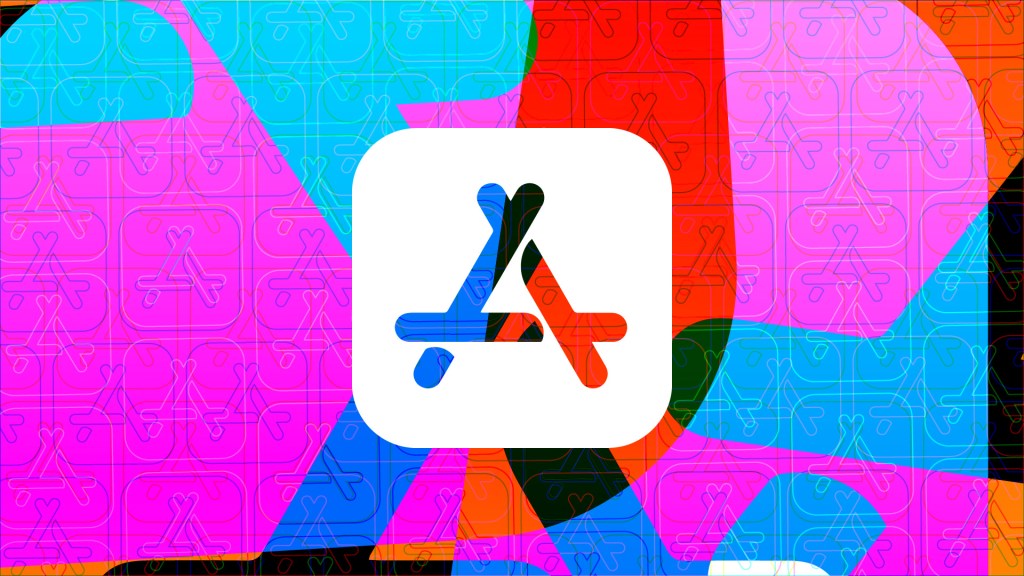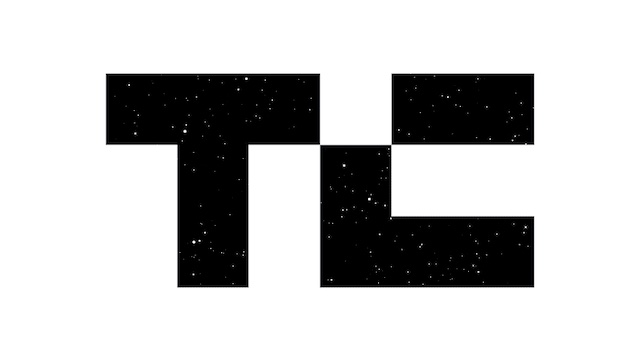Rak Garg
A year ago, developer-focused software companies were being funded at huge valuations, buoyed by the prospect of blockbuster IPOs like those from Snowflake, HashiCorp and Confluent. Now, with the market downturn, raising capital for a dev-tools startup is much more difficult. But it’s not impossible.
After meeting hundreds of developer-tools startups and talking to dozens of fellow investors over the last several months, I’ve noticed a common characteristic among founders who have raised successful Series A rounds: They’re great at telling their companies’ stories. Of course, it takes more than a way with words to raise capital, and in this column, I’ll delve into a practical, step-by-step guide founders can use to move successfully from seed to Series A.
Before we get started, it’s important to set expectations. The average Series A price for dev-tools companies is falling, and valuations are down across the board. The median Series A round for a developer-tooling company was $47.5 million in Q3 2022, the lowest it has been since the beginning of 2021.
Seed rounds are raised to validate a problem and create an early solution. Series A rounds are used to bring a solution to market, get a few customers to care and see early signs of monetizing that solution. As an investor in many developer-first businesses, including Docker, Redis and Startree, these five metrics are what I look for:
User growth
The most important metric VCs want to see is non-linear organic growth of your product’s user base, including usage expansion within specific teams. So try to provide at least a month of weekly and/or daily data.
If you’re running an open source company and user count is therefore hard to instrument, instead show usage growth through proxies like downloads or in-product engagement.
Remember, not all users are created equal. A company looks stronger if its users are from modern, engineering-first companies such as Robinhood, Confluent, Databricks and Airbnb.
Revenue
Revenue is taking an increasingly important role in Series A fundraising conversations. It’s not actually the amount of revenue that matters, it’s the quality. You could raise a stellar Series A at $100,000, $500,000 or $5 million ARR. Investors point to current revenue as a leading indicator of what revenue could look like as your company grows.
I wouldn’t recommend sacrificing free user growth to chase low-quality revenue. Examples of low-quality revenue might be customers who want you to build one-off features for them, services revenue you generate from proof-of-concept conversations or kickbacks from channel partnerships. High-quality revenue is generated directly from your customer base in exchange for usage of your product.
Without revenue, you can demonstrate willingness to pay with qualitative evidence from developers that illustrates their plans to expand product usage. It’s common to ask design partners to sign letters of intent (LOIs) that they will convert at a certain date for a certain price after some milestone.
Quality of usage
To raise a Series A today, you won’t just have to show investors that developers are using your product, but that they are doing so in realistic production settings to get real work done.
Don’t get me wrong: As an engineer at heart, I spend many hours playing around with different tools. Some of the most iconic developer-first companies, like Heroku, were started by catering to hobbyists.
This audience is an excellent top-of-funnel, but Series A investors want to see early signs that your product is valuable enough to be deployed in production environments or workflows. A good rule of thumb to ensure that usage is high quality is making it so you’d be proud to publish a case study about it on your website.
Include quotes or statistics from high-quality users in your pitch deck. The first thing a potential investor will do is call each user listed in your deck, so make sure the ones you list are representative of the true value your product is providing.
Community metrics
The best software platforms cultivate movements behind them, like data transformation company dbt did with over 35,000 members in its Slack community. Developers are in the driver’s seat at most tech-first companies, and capturing their imagination will dramatically increase your GTM efficiency.
If your product makes a legitimate difference to developers’ lives, they will talk about your company with their friends, colleagues and managers, sparking virality.
Here are some ways to show investors that you have an engaged audience that will soon generate value:
- Share product content on Hacker News, Twitter and other blogs. If they perform well, share your content metrics (views, trials, first-time visitors, etc.) with investors.
- For open source products, show contributor and pull-request (PR) growth over time. Git Pulse is an excellent tool for visualizing your project’s trajectory. Stars are gameable and don’t indicate product-market fit, but they do add to a healthy growth narrative.
- Show Slack/Discord metrics such as growth trends in weekly active users, total users and messages sent.
- Display a “wall of love” on your website. This is a collection of tweets and other content your users have created about your product.
Large markets
Because public company valuations have been reset, investors now believe total addressable markets (TAMs) are lower than they previously thought. For this reason, you will now need to show that you can appeal to more potential personas, charge much more per user or that some macrotrend is growing your target persona or their demand.
Show that you appeal to more personas by expanding across teams. Maybe your database tool could one day be used as a caching layer or your data exploration tool could appeal to data and financial analysts.
You can also show that your users will pay more for your tools in the future if they are demanding additional high-value enterprise features. This demand shows investors that you can generate larger annual contract values (ACVs) from each customer once you’ve raised the funding to build these features.
Lastly, if there are industry advancements you can leverage, you can show that your user base can grow rapidly because of them.
Telling a great story
Nailing your story is almost as important as demonstrating the above benchmarks, but it’s easier said than done. A compelling Series A story has three core components: the trends obviating the need for your product, your team’s ability to tackle this problem and the reasons you believe your solution is the correct approach.
Start with specific trends you’re seeing in the market. What about the world is changing? What about that change is mandating your company and setting it up to succeed?
- Here’s a bad example: The world is moving to the cloud! That means developers need our microservice orchestration solution!
- Here’s a good example: As part of the shift to the cloud, microservices and event-driven architectures are now the design preference of every engineer. Our microservice orchestration platform accelerates companies’ transition to event-driven architecture and helps them scale with it.
Once you’ve spelled out what about the world is forcing your product into existence, explain why you and your team are the right people to solve this issue.
- Here’s a bad example: We worked at Airbnb and have been interested in this problem for a long time and finally decided to start a company because we always wanted to be entrepreneurs.
- Here’s a good example: We saw this problem firsthand at Airbnb, where we spent a crippling amount of time working on making this architecture work, even though our team charter was something else. After testing several possible solutions with our engineering friends at companies like DoorDash and Uber, we realized our product was scalable and generalizable enough to help every developer grapple with the cloud.
Now that you have identified a global trend/problem and proven you have assembled the right team, walk investors through how you will solve the problem. This part of your story should address the following considerations:
- How the product works and the technical moats or architectural reasons it is preferable or particularly enduring. Don’t be afraid to get in the weeds, especially with technical investors!
- How the solution is performing in the market and what you have learned in your early go-to-market tests. This is where you will reference the metrics above.
- What a Series A unlocks for you, where you would invest the capital and the next milestone before your Series B.
Finally, if you succeed, what does the world ultimately look like? What do we think that reality is worth to customers? Paint an exciting, visionary picture of the future.
- Here’s a bad example: The cloud is a $3 gajillion dollar market, according to a market research firm, and we are going to capture it!
- Here’s a good example: We envision a world where every engineer can focus on shipping core product features without worrying about making event-driven architectures in microservice environments work. Every signal we are getting from the market is telling us developers want to work this way, and we believe we can capture upward of $20/developer/month as we scale through organizations like Twilio, Zoom and Atlassian.
In conclusion, raising a successful Series A at a developer-focused company is about collecting the right evidence and presenting it in a clear, concise and compelling way. By the end of your pitch, an investor should feel like your product is going to happen with or without them, so they had better move quickly to get into the deal.






























Comment